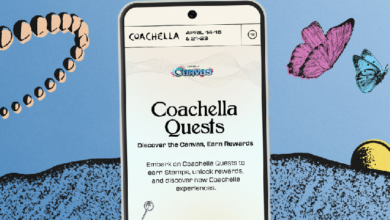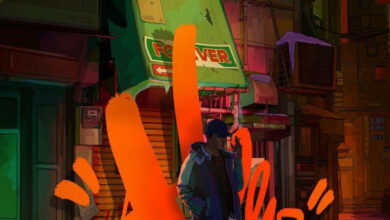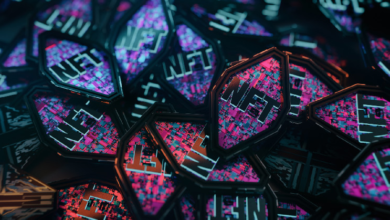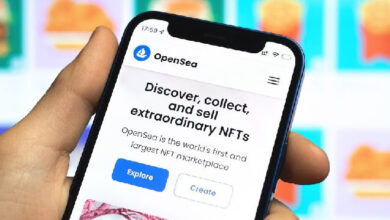The Story Behind the World’s First NFT

Despite what many may believe, NFT art didn’t start with the Bored Ape Yacht Club. It also didn’t start with CryptoPunks. So what was the first NFT, and who created it? Ultimately, this singular honor goes to Quantum, a generative piece of art that was created by digital artists Jennifer and Kevin McCoy. After its creation, Quantum was subsequently turned into an NFT by Kevin in 2014.
And the reason he minted this particular piece of art? It’s really rather simple. He did it for ownership.
The birth of NFTs
After he and his wife created Quantum, McCoy wanted to develop a way to sell the piece in its digital form. The problem? He didn’t have a way of establishing the provenance of a digital piece of art.
For the uninitiated, “provenance” is the documentation that authenticates the creator, ownership history, and appraisal value of a particular piece of art. Unfortunately, provenance documents for digital art didn’t exist at the time. In other words, there was no way to verify the creator and ownership history of digital works. After mulling over his options, McCoy joined forces with tech entrepreneur Anil Dash to solve the problem. Eventually, the duo started to explore blockchain technology to see if it might provide a viable path forward.
In the early 2010s, blockchain technology was still a niche field. Bitcoin was only valued at $630 (its price at the time of writing is just over $16,500), Ethereum had just launched, and coin creators regularly overpromised, underdelivered, and got sued into oblivion. But McCoy and Dash weren’t dissuaded, and the decision paid off — to put it lightly.
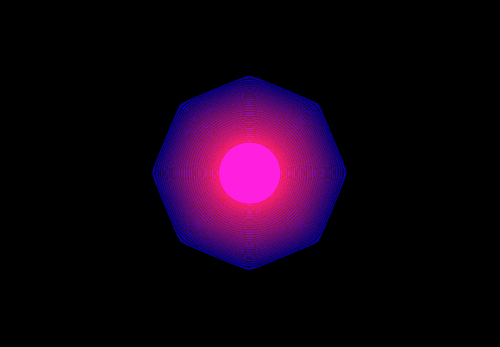
As is widely now known, blockchain technology contains several properties that are conducive to buying and selling digital art. With it, individuals have a trustless way of identifying the creator and tracking the ownership history of any item on a blockchain. This served McCoy and Dash’s purposes perfectly, and McCoy registered Quantum on blockchain. “I had an idea to use blockchain technology to create indelible provenance and ownership of digital images of this kind. Quantum was the first ever to be recorded in this way,” McCoy later said.
Shortly after that first minting, McCoy and Dash demonstrated how “monetized graphics” like this could be used to establish provenance and sell digital art. Their demonstration occurred during a live presentation for the Seven on Seven conferences. During the presentation, McCoy sold a digital image to Dash for $4 using blockchain. And with that, McCoy and Dash unwittingly set the foundation for what would grow into a multi-billion-dollar market less than a decade later.
Quantum rediscovery and controversy
Unfortunately, Quantum was forgotten following its 2014 mint. This was largely due to its original home on Namecoin, a pre-Ethereum Bitcoin offshoot. Specifically, Quantum lived on Namecoin Block 174923, and that’s where it stayed for years — until the 2021 NFT bull market.
When NFTs started to gain mainstream attention and sell for millions of dollars in 2021, McCoy realized he might be sitting on a golden egg. So he started to promote Quantum, turning to media outlets like Axios to discuss his work and its role in NFT history. Thanks largely to this publicity push, Quantum eventually went up for auction at Sotheby’s. And in June of 2021, it sold for more than one million dollars at auction. The winning bidder was sillytuna, an anonymous NFT collector.
But legal issues soon followed.
Shortly after its million-dollar sale, experts noted that a specific quirk about Namecoin called into question who exactly owned Quantum at the time of the sale. As explained by Ledger Insights, Namecoin requires users to renew whatever is minted on the Namecoin blockchain every 250 days to retain ownership of the digital item. Notably, McCoy never renewed Quantum. This allowed a completely separate entity — veteran collector EarlyNFT — to scoop up the ownership rights to Quantum before the Sotheby’s auction.
In an ironic twist, EarlyNFT secured these rights just a day after the piece about Quantum was published on Axios. Eventually, EarlyNFT contested the validity of Sotheby’s auction through a lawsuit.
Who won? Thankfully, the artists who created and minted the work. In March 2023, a New York federal Judge dismissed the lawsuit. While the Namecoin blockchain was controlled by Free Holdings, the judge noted that Kevin McCoy went on to mint it on Ethereum, essentially creating two different NFTs in the process.
While the controversy surrounding Quantum’s legacy is far from the perfect way to honor the historical NFT and its creators, both Jennifer and Kevin McCoy continue to innovate in the space. In April 2023, the pair are releasing their first NFT collection with a Web3 platform. Read our interview with the McCoys to learn about the project and hear their thoughts on how Web3 has changed since they helped start the digital revolution.


